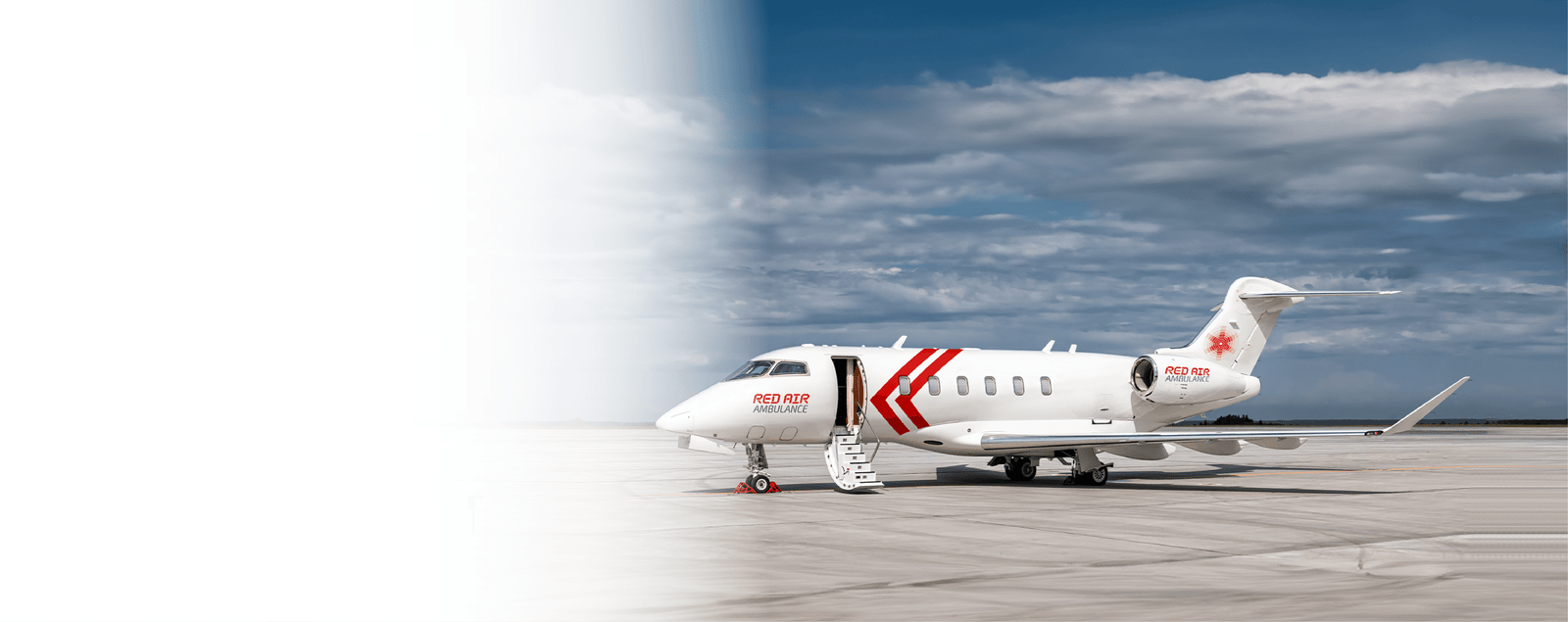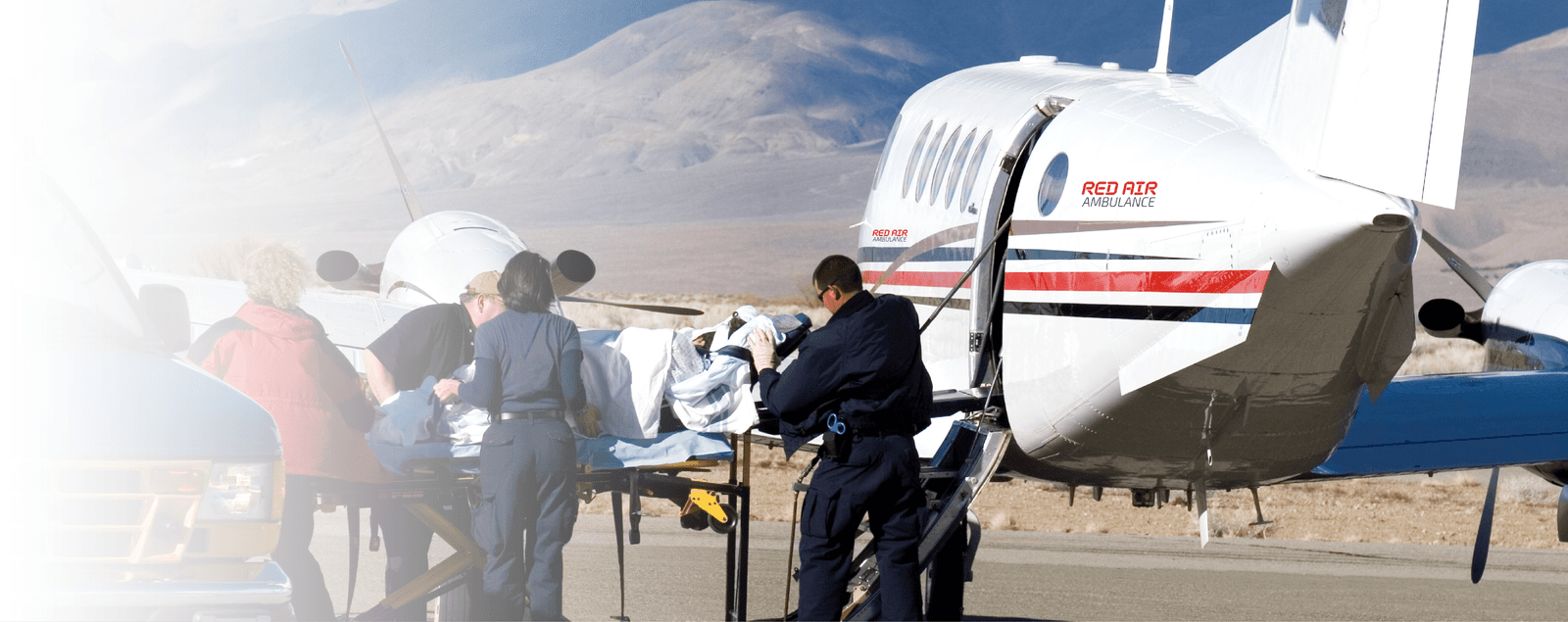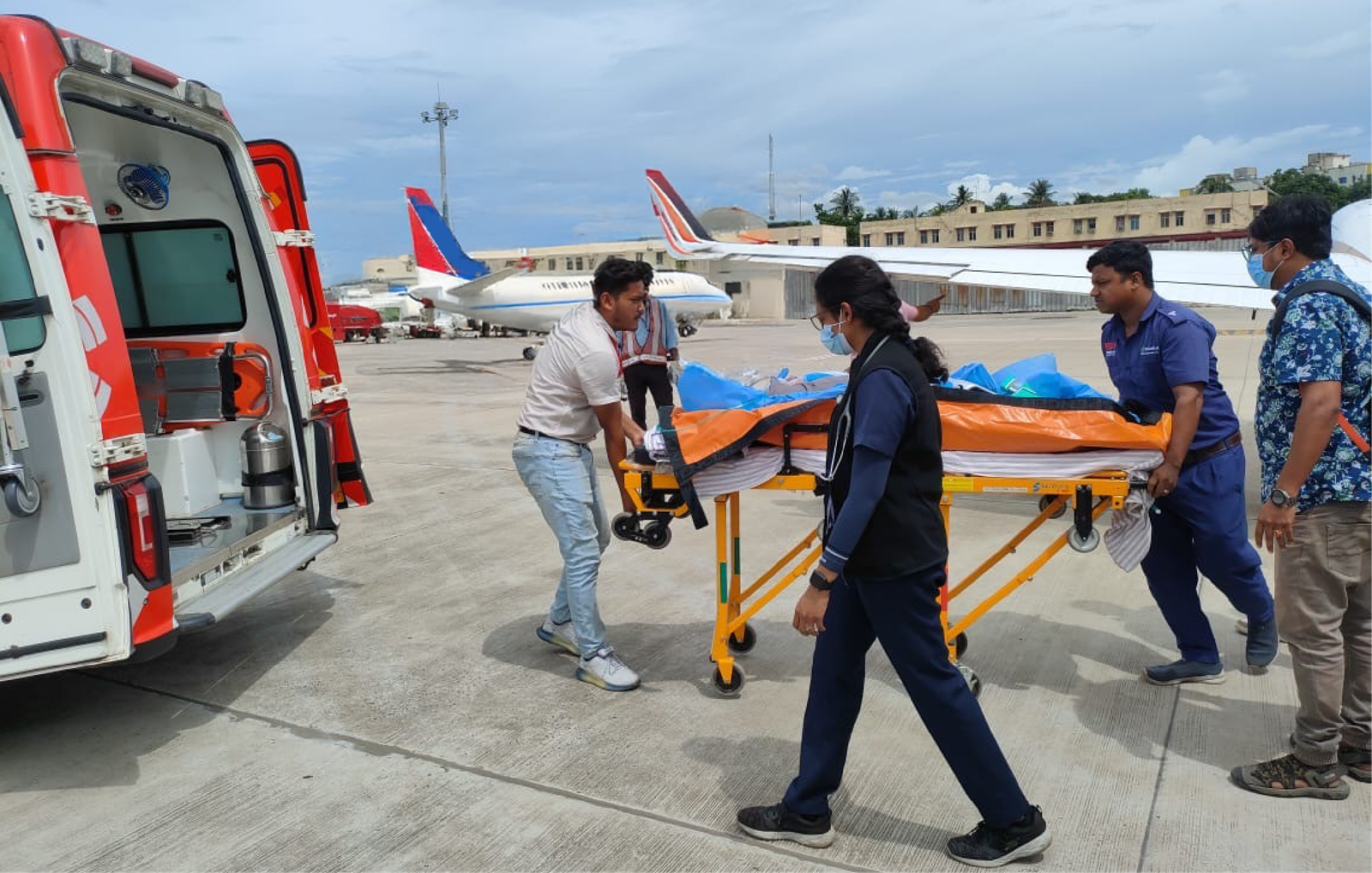Air ambulance plays a critical role in taking a patient from home to the best hospital and provides them with the best healthcare facilities. With the help of built-in advanced equipment and seamless bed-to-bed transfer in the quickest way possible. Air ambulance Kuwait caters all the fast, reliable and most hassle free ways to transfer patients from its hometown to taking all the way to the hospital. It covers all remote areas, abandoned towns, and developed cities too.
It ensures that no patient is left behind and takes care of patients with seamless mobility, fast transfer, better recovery and provides all healthcare facilities at a lower cost. It provides various services, covers all injuries from small to chronic disease and offers better treatment and the best patient air transfer.
Its packages vary from basic, which includes limited facilities, to pro, making it the best air medical service in the market.
What Sets Air Ambulance Kuwait Apart?
A number of critical features set Air Ambulance Kuwait apart from standard emergency services:
1. Advanced Medical Equipment Onboard
It differs from all other services in the market because it is well equipped with tons of facilities and built in features such as it offers best ICU facility, cardiac monitors, defibrillators, oxygen equipment, and critical care medications, these planes guarantee that patients have non-interrupted medical care during transport.
2. Experienced and Trained Medical Teams
Every mission is supported by a dedicated team of paramedics, emergency doctors, ICU staff nurses, and, if required, neonatal or pediatric experts. Their aviation medicine training allows them to deal with complicated cases even at 30,000 feet.
3. 24/7 Availability
Emergencies are always on, and so is Air Ambulance Kuwait. With 24/7 operations, patients are guaranteed instantaneous medical transport, day or night.
4. International Medical Evacuations
Outside of national borders, Kuwait’s air ambulance services organize medical repatriation and international evacuations. Patients are flown to high-standard hospitals in the Middle East, Europe, or Asia when treatment locally is inadequate, and world-class care is made available.
5. Faster Recovery Through Timely Transfers
The golden hour, the first hour after a traumatic injury, is usually the difference between life and death. By substantially shortening transportation time and providing critical care along the way, Air Ambulance Kuwait greatly improves a patient’s likelihood of survival and accelerates recovery.
For patients with chronic illnesses or post-operative complications, rapid transfers to rehabilitation facilities or specialty units result in less downtime, fewer complications, and improved outcomes.
6. Helping Every Patient, Everywhere
No matter if it’s an older patient needing cardiac care, a newborn needing neonatal care, or an injured rig worker on an offshore rig, Air Ambulance Kuwait provides equal access to care for all. It’s not merely a question of speed; it’s about providing every patient with total medical care, regardless of location or condition.
The service also collaborates with insurance companies, government agencies, and hospitals to simplify operations, allowing families to concentrate on what is most important—recovery.
How Air Ambulance Kuwait Carries Out Its Life-Saving Operations
Air Ambulance Kuwait has a very high degree of precision, coordination, and medical knowledge to perform each mission accurately. Here is the step-by-step process by which these operations are conducted, right from when they receive an emergency call until the patient’s safe transfer:
1. Emergency Call and Initial Assessment
The process starts when a distress call or medical request comes in through the emergency hotline, hospital, or insurance company. A dedicated operations team rapidly collects essential information, such as:
- Condition and medical history of the patient
- Where the patient is located
- Medical support needed
- Hospital destination
- A lead physician or medical director assesses the case to determine the level of care required during transport.
2. Flight Preparation and Team Mobilisation
According to the evaluation, the air ambulance crew prepares the plane. This entails:
- Choosing the proper aeroplane (fixed-wing aeroplane for long-range/foreign)
- Outfitting the plane with life support equipment specific to the patient (ventilator, oxygen, defibrillator, infusion pumps, etc.)
- Allocating the medical staff, paramedics, emergency physicians, ICU nurses, or specialists (e.g., paediatrics or cardiovascular)
- Everything is pre-checked for readiness, and the aircraft is cleared for take-off under medical urgency procedures.
3. Ground Coordination and Patient Handover
Coordination with ground ambulance teams is done prior to take-off. The ground team either:
- Takes the patient to the airbase (in case the patient is stable), or
- The medical crew of the air ambulance travels to the patient’s destination for bedside-to-bedside service
At this stage, patient stabilisation is a high priority prior to boarding.
4. In-Flight Medical Care
The patient gets ongoing ICU-level treatment once in the air. The medical team keeps track of vitals, dispenses medications, and treats any emergencies along the way.
The crew is trained to handle:
- Cardiac events
- Respiratory issues
- Trauma cases
- Pediatric or neonatal crises
- Post-operative treatment
5. Landing and Hospital Transfer
- On reaching the destination airport or helipad, a second ground ambulance crew is pre-coordinated to take the patient straight to the destination hospital or facility.
- The air ambulance crew transfers the patient to the hospital staff, along with a comprehensive medical report.
6. Post-Mission Review
After each mission, Air Ambulance Kuwait performs a post-operation debrief, whereby:
- Medical performance is discussed
- Equipment is cleaned and replenished
- What is learned is documented to improve future missions
This dedication to ongoing improvement is what makes sure the patients receive the best possible care.
Conclusion
Air Ambulance Kuwait is not simply a means of transportation—it is a life-saving technology that is revolutionizing emergency medical care in the region. Equipped with state-of-the-art equipment, highly trained teams, and an unshakeable dedication to patient welfare, it guarantees no life is beyond the reach of quality medical care.
With the ever-increasing demand for quick, safe, and high-tech medical transport, Kuwait’s air ambulance services are a shining example of hope, healing, and development for the patients and their loved ones.
FAQs
1. What kinds of medical emergencies does Air Ambulance Kuwait handle?
Air Ambulance Kuwait handles a wide range of emergencies, including:
- Road and desert accidents
- Cardiac and respiratory distress
- Stroke and trauma cases
- Neonatal and pediatric emergencies
- Chronic illness complications
- Post-surgical or rehabilitation transfers
2. What medical equipment is available onboard?
Each air ambulance is equipped with:
- ICU-grade ventilators
- Cardiac monitors and defibrillators
- Oxygen support systems
- Infusion pumps
- Emergency medications
- Specialized pediatric or neonatal kits, if needed
3. Who are the medical staff onboard?
Every mission is supported by a team of:
- Emergency physicians
- ICU-trained nurses
- Paramedics
- Pediatric/neonatal specialists (if needed)
- All trained in aviation medicine and in-flight emergency care
4. Is Air Ambulance Kuwait available 24/7?
Yes. The service operates round-the-clock to respond to emergencies at any time, day or night.
5. Can patients be transferred internationally?
Yes. Air Ambulance Kuwait regularly performs international evacuations and repatriations to countries across the Middle East, Europe, and Asia, depending on the patient’s condition and treatment needs.
6. How fast can a patient be transported after calling?
Once a request is received, Air Ambulance Kuwait can mobilize quickly, often within hours, depending on logistics, aircraft availability, and patient location. The goal is to minimize wait times and respond urgently.


 18001207004
18001207004
 June 26, 2025
June 26, 2025 Red Health
Red Health

